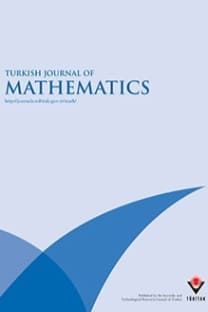Boundary Points of Self-Affine Sets in R
Self-affine sets, boundary points, strict product-form digits
Boundary Points of Self-Affine Sets in R
Self-affine sets, boundary points, strict product-form digits,
- ISSN: 1300-0098
- Yayın Aralığı: 6
- Yayıncı: TÜBİTAK
On Pseudohyperbolical Curves in Minkowski Space-Time
Çetin CAMCI, Kazım İLARSLAN, Emilija SUCUROVIC
On Prime Submodules of Finitely Generated Free Modules
Some Asymptotic Results for the Semi-Markovian Random Walk with a Special Barrier
On locally m-pseudoconvex A*-algebras
Groups Whose Proper Subgroups are Hypercentral of Length at Most \leq w
Boundary Points of Self-Affine Sets in R
Boundary points of self-affine sets in $Bbb{R}$
On Lightlike Hypersurfaces of a Semi-Riemannian Space form
Erol KILIÇ, Rıfat GÜNEŞ, Bayram ŞAHİN
Groups whose proper subgroups are hypercentral of length at most $leqomega$
